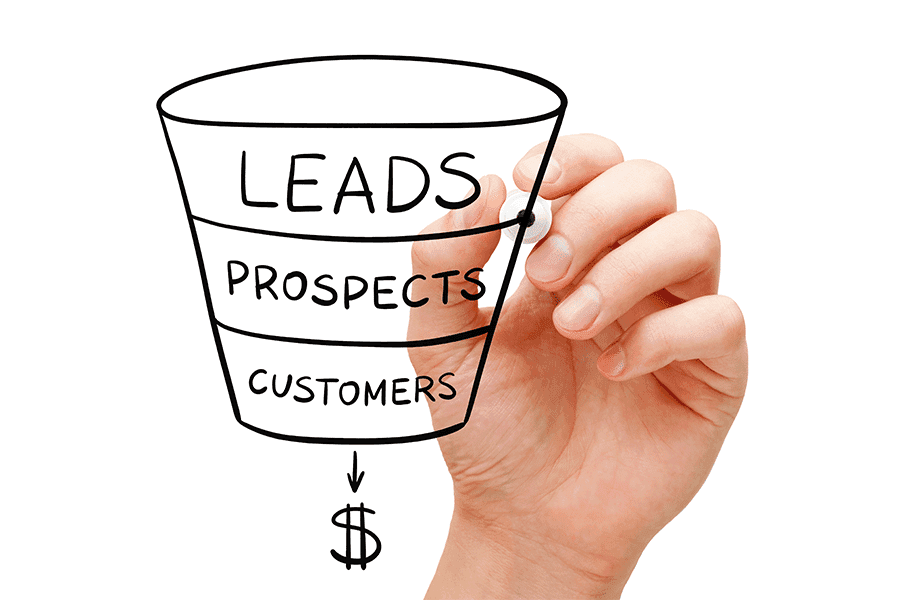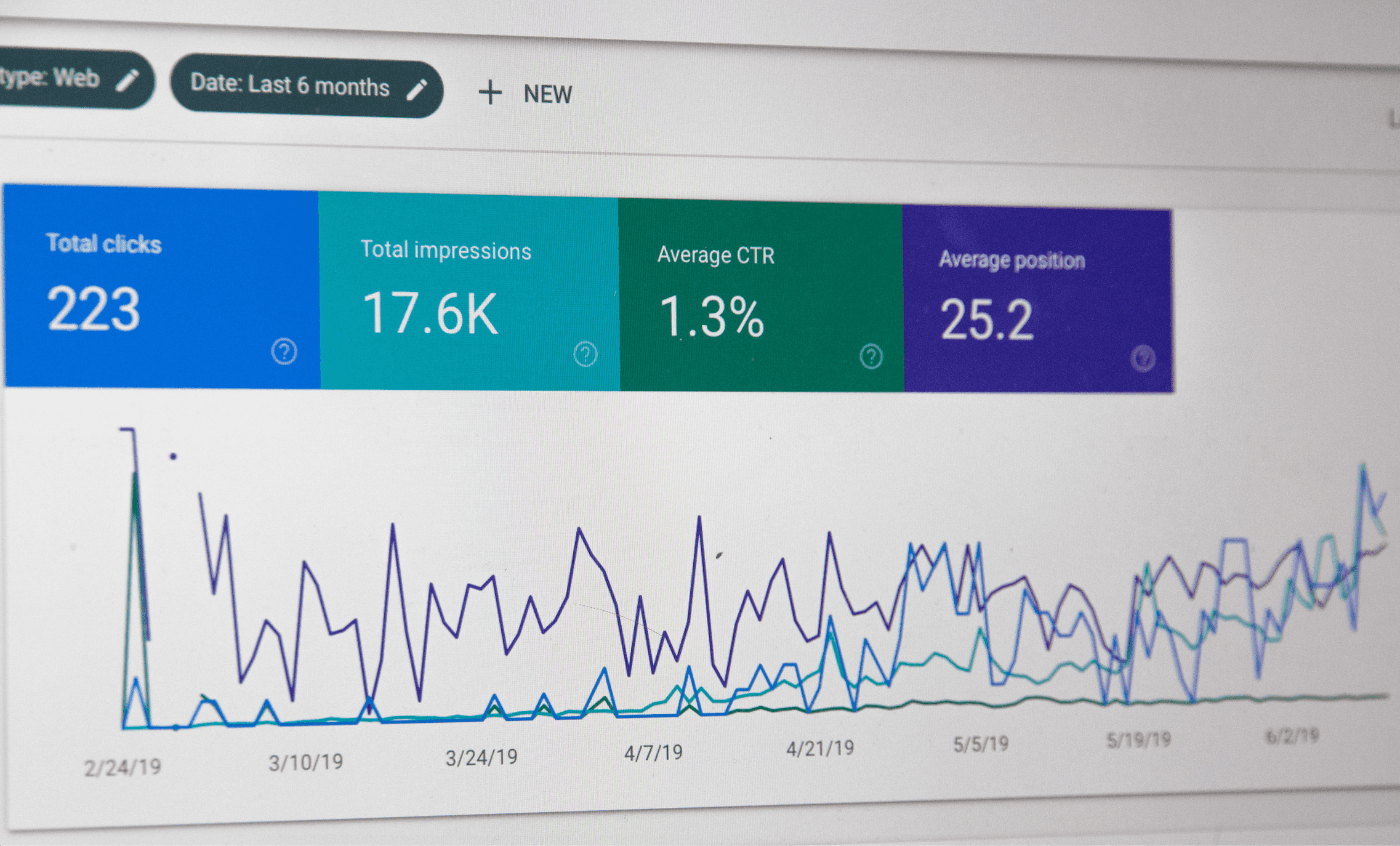8 Killer Ecommerce Optimization Tips For 2024

Have you ever been obsessed with rearranging your furniture? And couldn’t stop until you achieved the aesthetic you had in your mind?
More often than not, ecommerce optimization works in a similar way: You wake up with a burning desire to improve your online store, and you make changes (rearrange stuff) until you accomplish your vision.
In more straightforward terms, ecommerce optimization is about making changes to on-page elements so as to increase your website’s conversion rate and improve performance. Sounds easy, right? However, if you don’t know where to start and what changes to make, it can be very challenging.
Without a clear goal in sight, you might end up making tweaks forever, and that’s unproductive. In this blog, we’ll help you identify why you need to optimize your ecommerce store and how to do it.
What to Expect:
What is Ecommerce Optimization?
Why You Should Optimize Your Ecommerce Store
8 Ecommerce Optimization Tips to Improve Your Sales
1. Improve your product and landing pages
4. Personalize website content
5. Optimize your store for mobile users
6. A/B test your website pages
7. Streamline your checkout process
8. Use flash sales to create urgency
What is Ecommerce Optimization?

Ecommerce optimization is any change you make to improve a website’s conversion rate. This includes changing design elements, page layout, color schemes, copy, and other on-page elements.
Ecommerce optimization improves the user experience and reduces friction between the moment a customer lands on your website and checks out.
Why You Should Optimize Your Ecommerce Store

• Improved user experience: Optimizing your e-commerce store ensures a smooth and seamless shopping experience for your customers.
• Increased conversion rates: Optimization techniques like A/B testing, product page enhancements, and checkout process improvements can boost conversion rates, leading to higher sales revenue.
• Enhanced mobile responsiveness: With the growing use of mobile devices for online shopping, optimizing your e-commerce store for mobile is crucial. A mobile-friendly design caters to a broader audience and positively impacts search engine rankings.
• Higher search engine ranking: Optimizing SEO factors like product listings, meta tags, and site structure can improve your website’s visibility in search engine results pages (SERPs), attracting more potential customers.
• Reduced cart abandonment: Optimization improves trust signals, thereby reducing cart abandonment rates.
8 Ecommerce Optimization Tips to Improve Your Sales

1. Improve your product and landing pages
Your landing pages are critical for success. They are most likely what prospective customers see when they interact with your brand. So, you have to make sure you make the right first impression.
What can you do to improve your product and landing pages?
a. Add special offers. Special offers help create a sense of urgency and generate interest, which is essential in converting more customers.

b. Curate your best sellers. How do you feel when you scroll through Netflix for 30 minutes trying to find something to watch? It’s incredibly frustrating, right? Imagine the same experience for a customer trying to find a product on your site.
Curating best sellers helps customers find the best products without scrolling through your product pages forever.
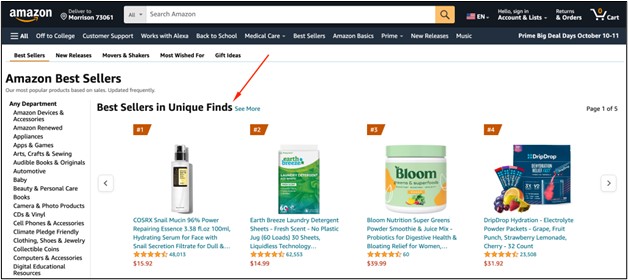
c. Use product reviews. Ecommerce transactions don’t exist in a bubble. People make purchases based on other people’s experiences. With the help of product reviews, you can provoke website visitors to buy your products and increase conversion rates.
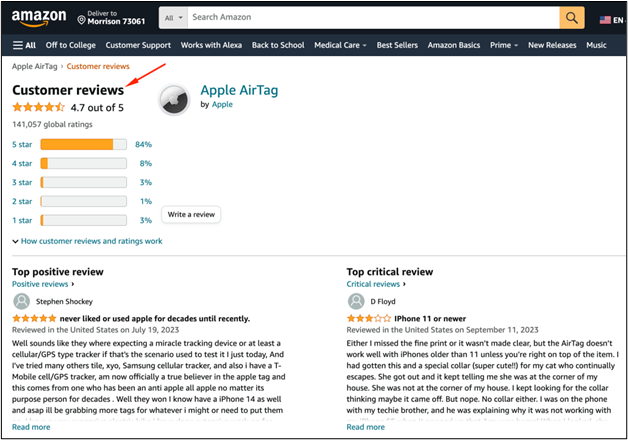
d. Use high-quality images. The best salesman for your online store is your product images. Product images set the tone for the kind of experience your customers should expect. Therefore, use high-quality images from different angles.
e. Use A/B testing. Remember to test your landing pages after you’ve made all the improvements you can make. An A/B test will allow you to pick the best version based on real-time data.
f. Use breadcrumbs. Breadcrumbs are good for improving page navigation. They help website visitors to know what page they are on and how to navigate back to a previous page.
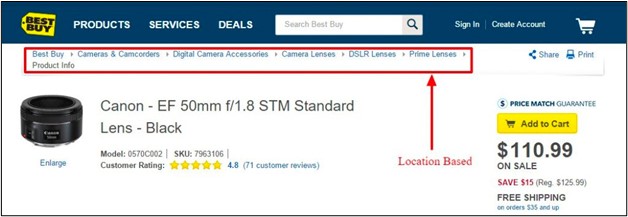
2. Improve page load times
Page load times are important because your website visitors will leave if a page doesn’t load fast enough! No other on-page element can make up for slow page load times.
Here are a few things you can do to improve your website’s speed:
• Use web optimization tools. Pagespeed Insights and GTmetrix are free, accessible resources you can use to find out your website’s performance.
• Use a faster web host. We recommend avoiding shared hosting for your online business. Go for hosting partners with fast and scalable plans.
• Use fast themes. Heavy themes can reduce your website performance. Therefore, choose lightweight themes that load with ease.
3. Declutter your website
Optimization experts don’t talk about this enough, but the truth is you really need to remove all those distractions you have on your website pages. For every page, figure out what you want to accomplish, and then make sure you only have elements that help you accomplish your set goal.
For instance, having an add-to-cart element, social share icons, a newsletter sign-up form, and a review form is too much for one page. Too many distractions will steal your customer’s attention and leave them confused about which action to complete.
For instance, having an add-to-cart element, social share icons, a newsletter sign-up form, and a review form is too much for one page. Too many distractions will steal your customer’s attention and leave them confused about which action to complete.
4. Personalize website content
According to Gartner, good personalization can boost profits by 15%. People love personalized experiences, and shopping is no exception. Preferential treatment makes customers feel special and can make a great difference.
Here are some simple steps that you can take for personalization:
• Offer product recommendations. Show your customers other products they might be interested in based on their preferences. Amazon does this, and so should you!
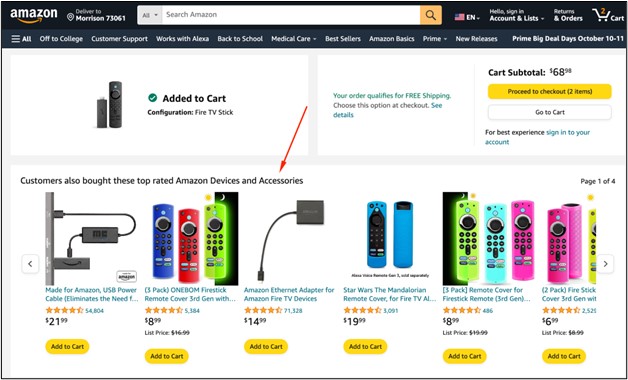
• Use geolocation. If your store is international, consider geotargeting your customers and offering them local currency options at checkout or localized product recommendations based on weather conditions, culture, laws, and other factors, etc.

• Customize based on device type. Different devices have different capabilities. Therefore you can choose to customize a shopper’s experience based on the device they are using to access your website.
5. Optimize your store for mobile users
Mobile forms a large part of ecommerce interactions now, given the proliferation of mobile devices and cheap internet connectivity around the world. Therefore, if you want more mobile users to discover your content, you must optimize your pages for them.
Here are some steps that you can take:
• Check mobile compatibility. Test the mobile compatibility of the content and graphics on your site with tools like Google’s Mobile-Friendly Test. Check if your product descriptions are readable. Make sure your site is responsive and easy to navigate.
• Opt for a minimalistic design. Avoid using excessive elements on your site, which leaves adequate space for CTAs and product categories.
• Reduce text-heavy content. Try to be as articulate as possible in your writing.
• Compress images. This one’s a no-brainer; you should always compress images before uploading them on your site.
6. A/B test your website pages
Always test everything!
A/B tests are the best way to determine what is performing well and what is not from customers.
At its rawest form, A/B testing means creating A and B versions of the same page and serving both to customers to see which performs better.
You can test different on-page elements to determine what resonates with your buyers. If you have a new idea about a new color scheme or piece of copy, use A/B tests to find out what works and what doesn’t.
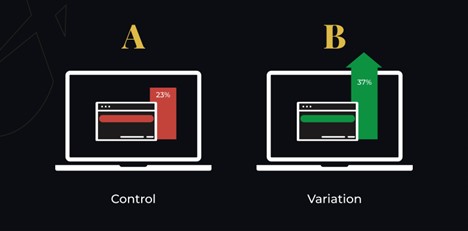
7. Streamline your checkout process
How many clicks does it take to get to the checkout page? If your answer was more than 3, you need to improve your checkout process.
People are accustomed to fast processes and expect the same in their online experiences. Having a lot of clicks to the checkout process increases friction and tension that might make your customer pull out of the sale.
In the spirit of frictionless checkout, please don’t ask a customer to create a user account on your website so that they can check out. Keep things simple and provide options like guest checkout.
Also, provide multiple payment options that customers can use at checkout in case they prefer one method of payment over the other.
8. Use flash sales to create urgency
People are wired to act on urgency. In simple terms, we like the thrill of the last-minute rush trying to get something before it’s too late. (For some of us, that’s how we live life on the edge, lol.)
Here are some marketing tactics you can use to trigger a sense of urgency:
• Creating flash sales.
• Showing stock levels/ no. of items left.
• Showing live purchase updates from other customers.
• Giving special discount prices for limited products.
For an effective urgency-based campaign,
– Use urgency-infused copy highlighting time limits, speed, or scarcity.
– Work in FOMO into your campaigns (fear of missing out)
– Use CTAs, like “Get 20% Off Now!”
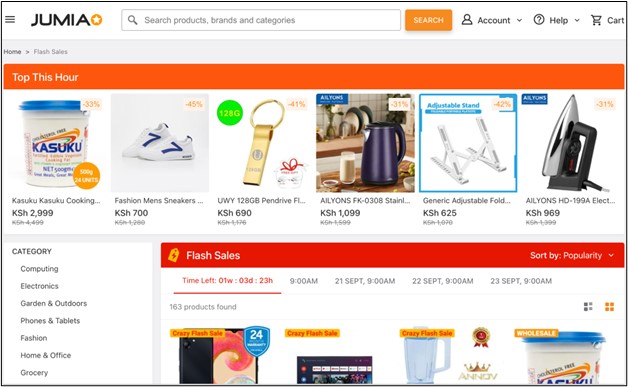
Conclusion

In order to capture the most important elements of ecommerce optimization, create an optimization matrix based on your goals to figure out where to start. After making the optimizations, remember to proactively track performance to see what is working and what needs improvement.
We hope you enjoyed reading this blog. If you are looking for ecommerce optimization services, check our work out and talk to us. We are passionate about helping ecommerce businesses scale, increase their revenue, and make lasting, sustainable impact.






